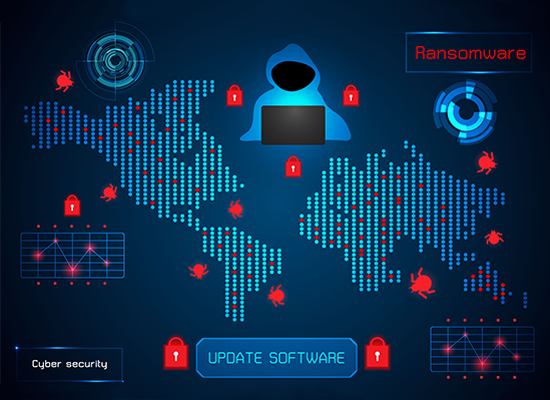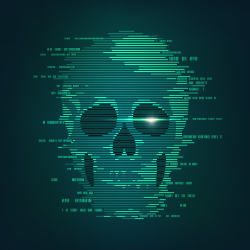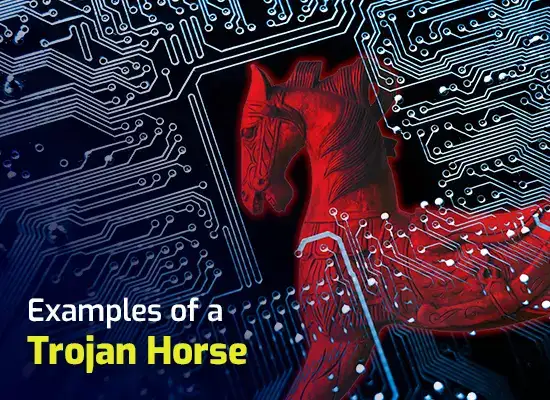HOW TO CHECK FOR RANSOMWARE IN YOUR SYSTEM
Updated on October 21, 2022, by Xcitium
 In today’s world, Ransomware cause a lot of headaches to businesses. Ransomware restrains access to your data by encrypting files or locking your computer. It then asks money from you for ransom, typically in some form of cryptocurrency in exchange for access to your data. That is why businesses need to know how to check for ransomware on their respective systems and networks.
In today’s world, Ransomware cause a lot of headaches to businesses. Ransomware restrains access to your data by encrypting files or locking your computer. It then asks money from you for ransom, typically in some form of cryptocurrency in exchange for access to your data. That is why businesses need to know how to check for ransomware on their respective systems and networks.
Ransomware gets sophisticated each time that even with the latest generation of anti-viruses and firewalls on your computer, ransomware can still get into your network. Their common delivery come in the form of social engineering like email phishing. Attacks can also be in the form of remote desktop services or data storage devices.
HOW TO CHECK FOR RANSOMWARE AND WHAT DOES IT DO TO YOUR SYSTEM
The most common behavior of the modern ransomware is to encrypt data using its own encryption algorithms. Some ransomware search for and encrypt file types like document files or media files. The ransomware will just leave a note in the form of text, image, or HTML file once the encryption is completed.
Some IT experts who know how to check for ransomware discovered that some of the ransomware includes advanced capabilities, such as spreading to other computers via network shares or exploits. While older ransomware behavior will just lock your screens, disable the Task Manager, and doesn’t encrypt your data.
METHODS ON HOW TO CHECK FOR RANSOMWARE ON YOUR SYSTEM
Nowadays, detecting if you have been infected with ransomware is very hard. New variants of ransomware keep the file name intact so you won’t be able to notice that you are already been victimized. To recognize how to check for ransomware on your system, here are some common symptoms of attack:
Carefully Check The Extension Files
It is the most classic way to identify ransomware. It is because even there is plenty of list of all the known ransomware, it’s still helpful to check for the file extensions. You may refer to some credible sites to see the lists of all the extension files used by ransomware to help you know how to check for ransomware in your system.
Observe For Many File Renames
It is very uncommon to see a lot of file renames over your system or in your network. One indication for you to know how to check for ransomware attack is when there is an increase in file renames and your data becomes encrypted. If you have identified plenty of file renames, you have potential ransomware issue.
Use A Dummy Network
Another common behavior of ransomware is to look for local files first and then moves onto your network. Another way to help you how to check for ransomware is to use a dummy network that can act as early warning mechanism and could also delay the ransomware attacks. This network must have old slow disk drives and should contain lots of small-sized random files. In this way, this could delay the encryption process on the network.
Update Your Firewall For Better Detection
There are plenty of firewalls that have the capability to better exploit detection. So make sure that your firewall is up-to-date. It would be better if your firewall knows how to check for ransomware, this feature, called exploit kits are now used to detect ransomware into your network.
Use A Trusted Anti-Ransomware Software
It is worth the investment for any businesses to have a dependable Anti-ransomware software. This application will be a great help to know how to check for Ransomware because it blocks ransomware attacks and avoids data encryption. It will also monitor your registry files associated with ransomware.
How To Check For Ransomware Conclusion
Xcitium Fighting ransomware attacks is a continuous battle for every business. There will always be a new breed and sophisticated variant of ransomware. But there will always be a solution to everything. Businesses should keep on updating information on how to check for ransomware and utilize the new technologies for better security.
PROTECT YOUR ENDPOINTS FOR FREE
Related Resources


